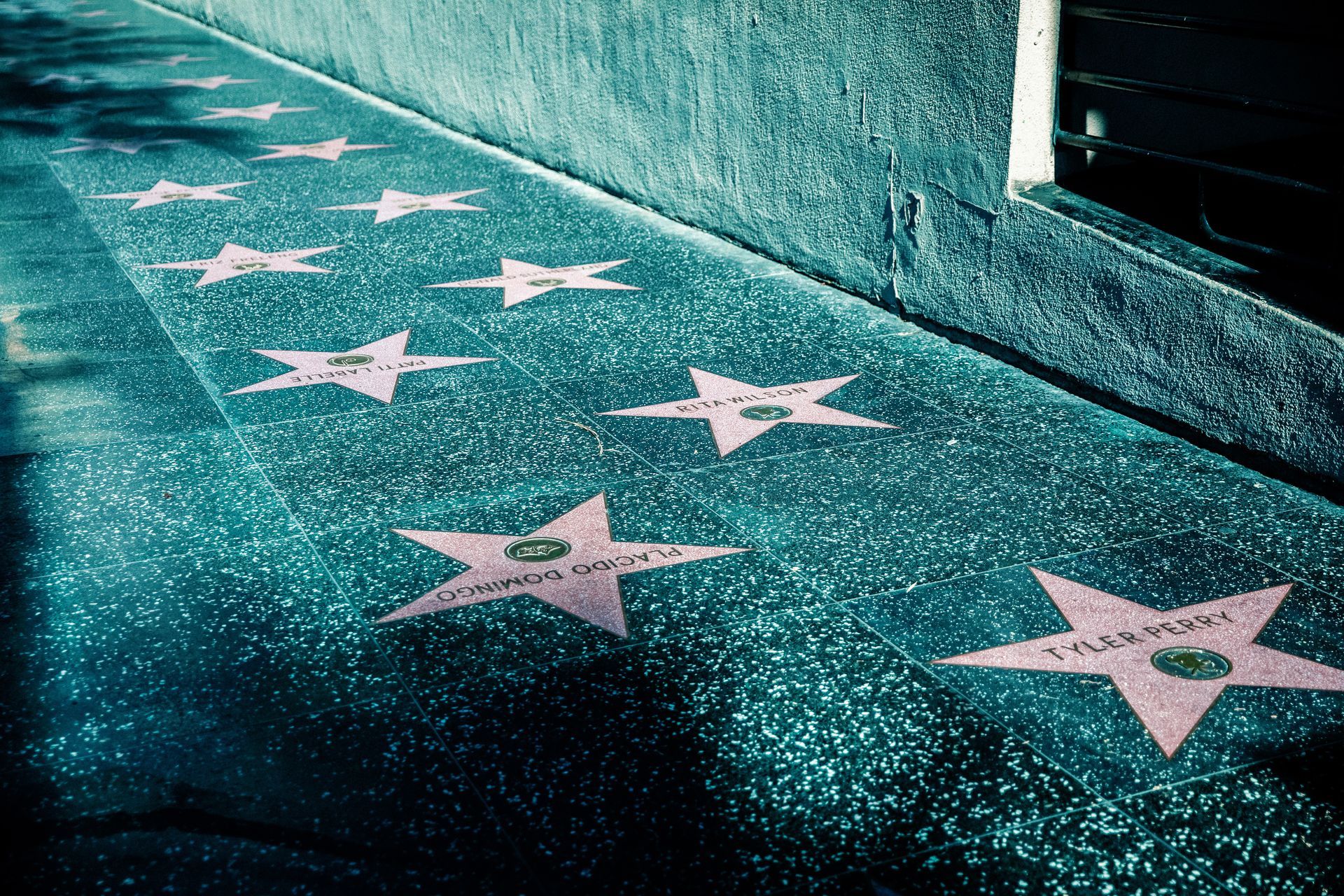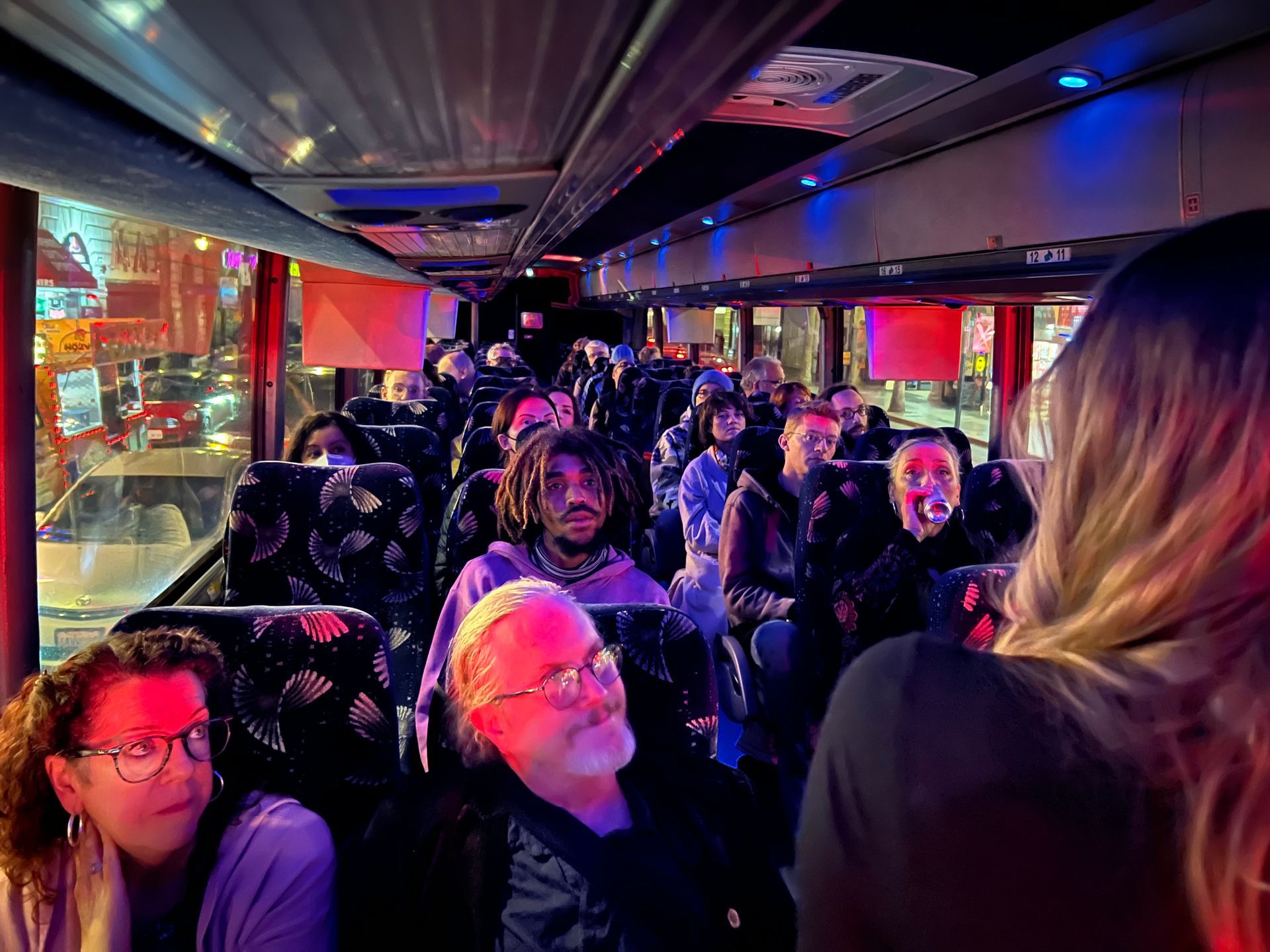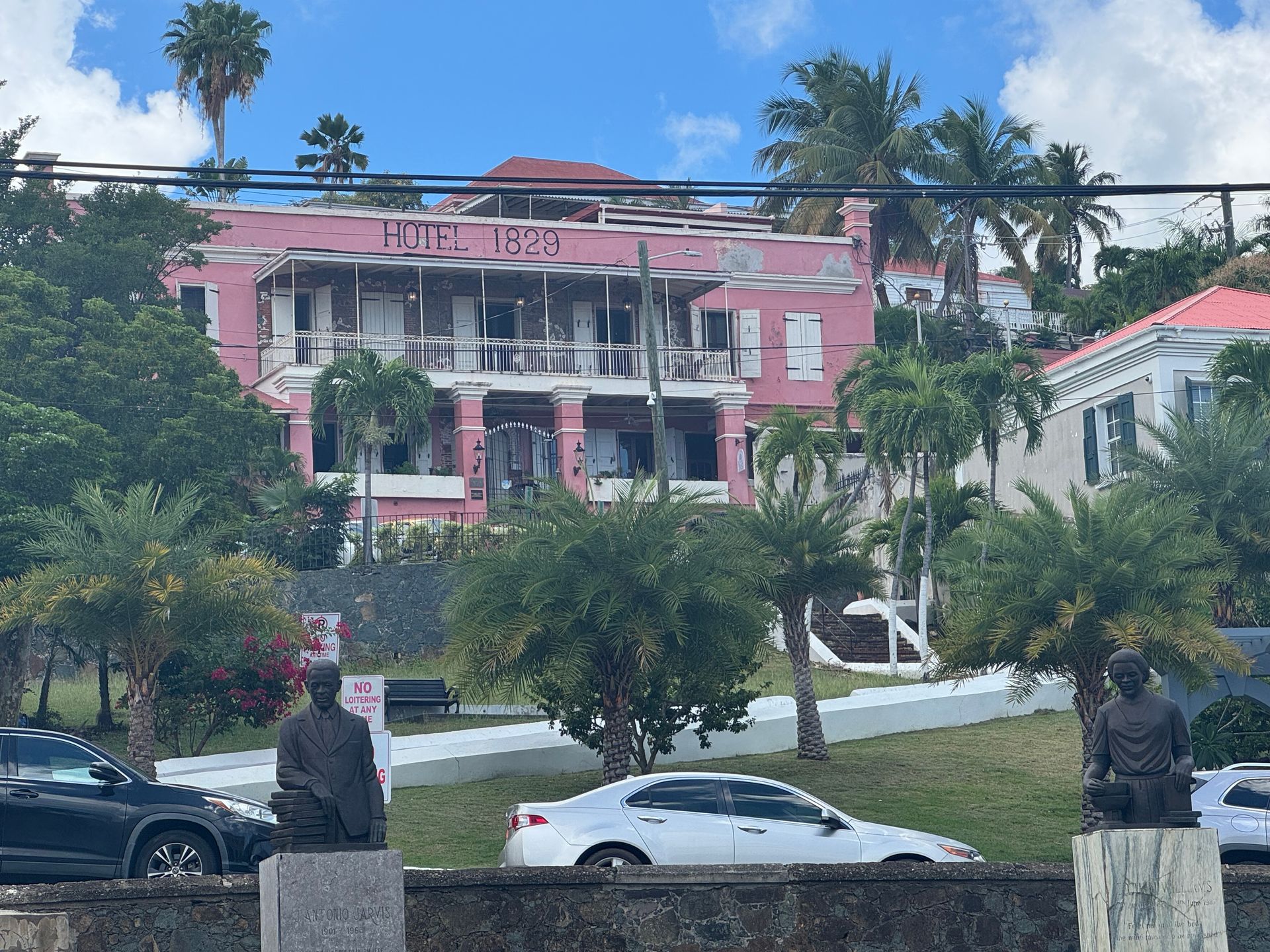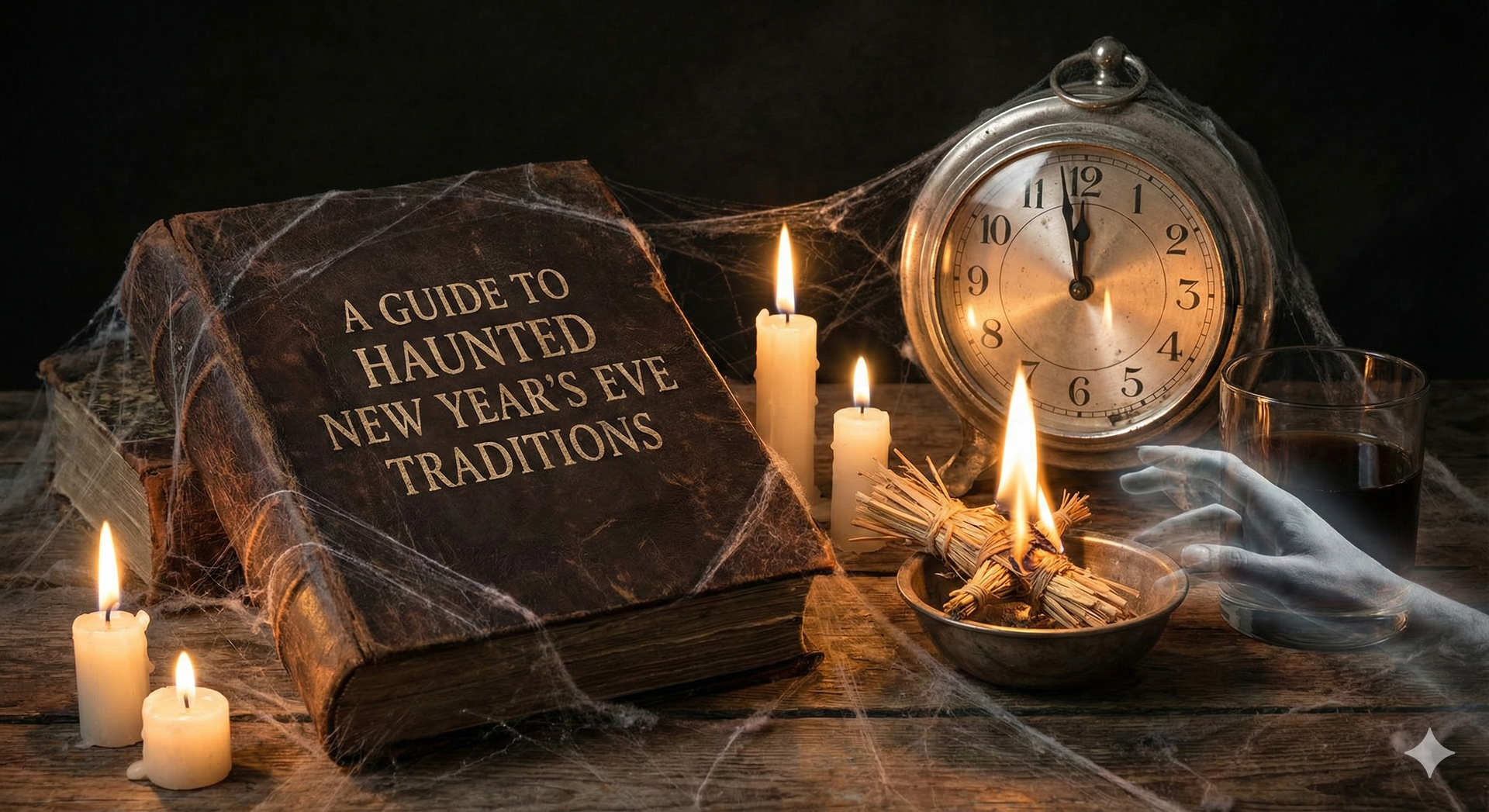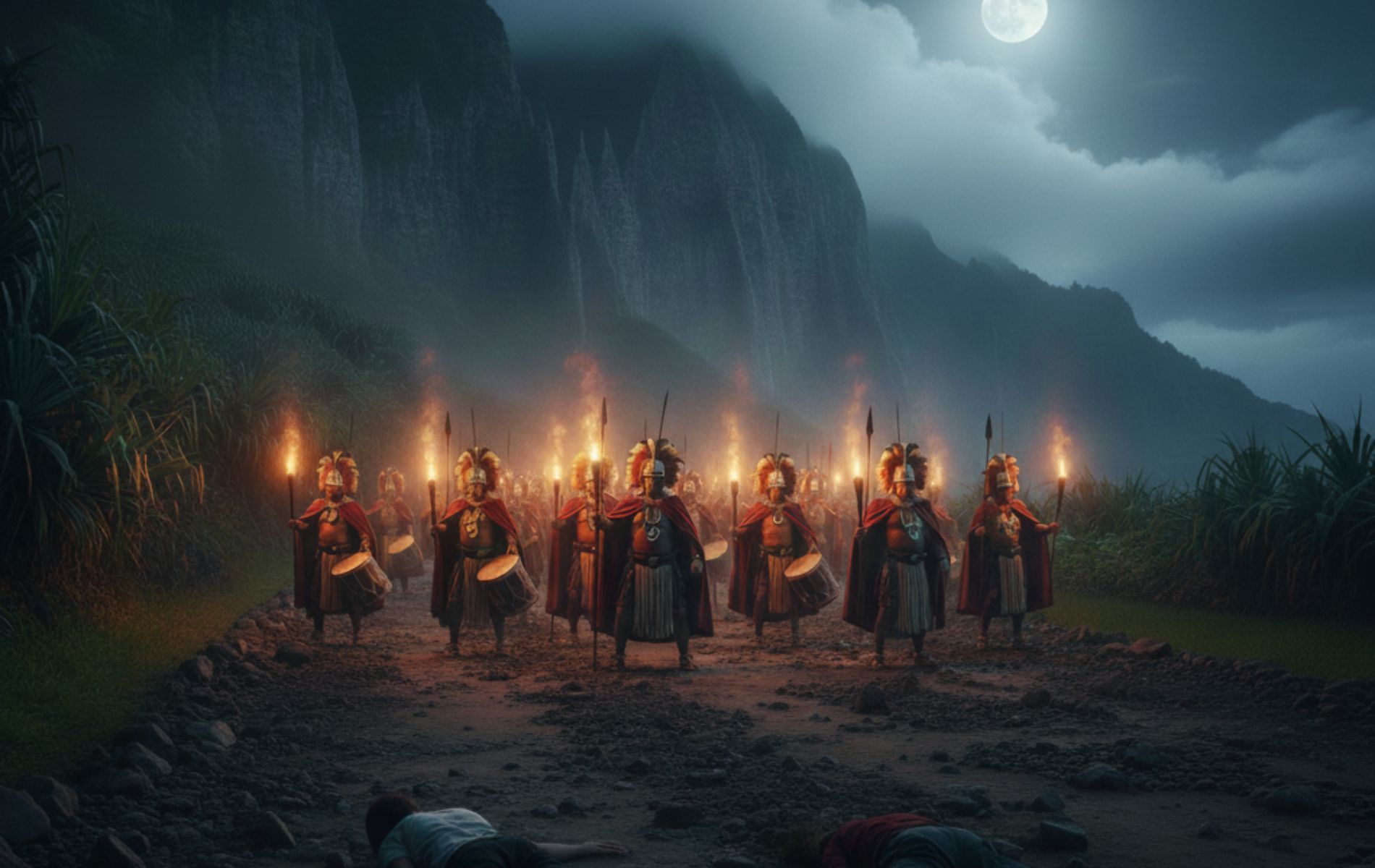Thelma Moss: Parapsychologist to the Stars
Los Angeles is home to many star-studded ghost stories. For a decade its esteemed college, the University of California - Los Angeles (UCLA) also housed a parapsychology lab run by a former actress and screenwriter named Thelma Moss. The learning center UCLA was once the epicenter of some of the strangest and most fascinating psychic research in American history.
Of course parapsychologists are scientists and academics who specialize in the study of paranormal phenomena. Think the
Ghostbusters minus the proton pack. Plus they really exist.
Dan Aykroyd actually got the idea for Ghostbusters by reading real scientific journals on the subject. (His family has been involved in psychical research for generations. He even wrote a book with his father called A History of Ghosts.)
Thelma Moss began her career as an actress on Broadway and a founding member of the Actor’s Studio in New York. Her transition into screen-writing brought her to Los Angeles, where she penned numerous television scripts, including episodes for the daring One Step Beyond, and the screenplays for two notable movies.
In 1954, she co-wrote the the mystery comedy Father Brown, based on a short-story by G. K. Chesterton, starring Alec Guinness in the titular role. Essentially the future Obi-Wan Kenobi chases an art thief around France. A particularly entertaining scene finds Father Brown in quite a pickle, when his nemesis overpowers him in the Paris Catacombs and ties him up against a pile of bones.
A Chilling Prophecy
One startling moment involving Alec Guinness was surely an influence on Thelma's later decision to study parapsychology. In his memoirs, entitled Blessings in Disguise , tells the story of an evening when he met Thelma Moss for dinner in Los Angeles.
At a little Italian bistro named Villa Capri they find no tables available and leave discouraged, but James Dean comes to the rescue, following them outside and inviting them to join him at his table. On the way back to the restaurant, bursting with pride, James Dean draws their attention to his new sports car in the parking lot.
Despite James Dean’s boyish enthusiasm, like a true Jedi master, Alec Guinness gravely blurts out, “Please never get in it. It is now ten o’clock, Friday the 23rd of September, 1955. If you get in that car you will be dead in it by this time next week.” Catching himself, Alec Guinness swiftly apologized, blaming his strange outburst on jet-lag from an international flight.
Thelma, Alec, and James went on to have a lovely dinner. Unfortunately, James Dean wouldn't take Alec Guinness’s spooky advice to heart. By 4 p.m. the following Friday, James Dean was indeed dead, killed in an accident in his new sports car.
Film, LSD, and the Paranormal
In 1958, Thelma wrote an iconic brain in a jar movie, a sci-twist on Frankenstein, entitled The Colossus of New York. Although it was based on a story by Willis Goldbeck, you can definitely see Thelma’s influence on the screenplay. It's a a tale that combines movies about out of body experiences and sci-fi horror.
Through the tale of a humanitarian scientist who runs amok when his brain is transplanted into a 8-foot cyborg, the story posits a deeper theme — even the most charitable among us can become a monster when cut off from the grounding influence of human feeling. The Colossus seems the likely inspiration for Robotman in the Doom Patrol comic and HBOMax series, but with considerably less of the character Cliff Steele’s introspection and sweetness.
Her fascination with altered states deepened following a tragic period after her husband’s death. Under Thelma’s creative guidance, the technological golem in The Colossus of New York develops strange mental powers including Svengali-like hypnosis, allowing him to control the minds of others, and powerful death-rays shooting from his eyes. The film, centering on a brain in a cyborg, explores themes now echoed in modern psychiatry and psychology debates—like whether psychology is a pseudoscience. In another time and place, Thelma and Grant Morrison would have been great friends.
Unfortunately, Thelma’s husband, movie producer Paul F. Moss, died just days after the birth of their daughter in 1954. This plunged Thelma into a deep depression and drove her to attempt suicide twice. Finding other psychiatric treatment lacking, Thelma sought out the opportunity to undergo 23 sessions of LSD-assisted therapy, which changed her life.
She was so moved she wrote a book to share the deeply personal experience of her recovery entitled My Self and I , under the pseudonym Constance A. Newland, published in 1962. Thelma’s recovery was a rebirth which led her to explore fresh territory. She abandoned her career in what she called “slick fiction” and went back to school, where she eventually earned a doctorate in psychology. Her mission now was to explore fringe topics and techniques, which like LSD-assisted therapy, might someday become groundbreaking methods to heal the body and soul of humanity.
Her boldness in confronting taboos makes her story relevant to anyone who’s ever asked, why did I feel pain in my dream, or being an empath is hard. It’s also in moments like these we’re reminded of the fear of being forgotten by someone you love—a fear that drove many of Thelma’s subjects to seek answers in her lab.
In her 1997 obituary, London newspaper The Guardian dubbed her “The Apostle of LSD,” stating “Huxley and Leary’s praise of LSD in the fifties pales beside a contemporary, best-selling account by a middle-aged woman, Thelma Moss.” Today, as psychedelic treatments are again gaining favor in medicine with the trailblazing work at the Imperial College-London and Johns Hopkins in the U.S., My Self and I deserves another look.
UCLA's Fringe Lab and Paranormal Students
Despite the fact that by the time she achieved her PhD, using LSD, even in medical treatment, was quickly becoming criminalized, Thelma Moss still found a way to study the fringe. She obtained a position at UCLA teaching medical psychology in 1966 and established a largely unsanctioned and unfunded, yet wildly popular and internationally famous laboratory dedicated to the scientific study of paranormal phenomena.
Thelma was a strong advocate for psychical research, with an unwavering belief that the scientific method could be applied to this often-misunderstood field. From data theory UCLA to controversial experiments with psychic photos, her work attracted major names—both in science and Hollywood.
Although Thelma is best known today for her controversial research into the Russian phenomenon of Kirlian photography, over the course of her career, Thelma conducted experiments on a variety of paranormal topics such as extrasensory perception, psychokinesis, and hauntings. She hoped Kirlian photography, which creates astounding images, resembling religious halos and the legendary aura, could be used to revolutionize the diagnosis of serious illnesses like cancer.
Today Kirlian photography has been almost certainly debunked and judged insignificant by the scientific establishment. However, for Thelma her efforts to study the phenomenon during the Cold War, including many visits to the USSR to confer with Russian scientists, earned her the Douglass Dean award from the United Nations in 1976.
Thelma trained the well-known parapsychologists Barry Taff and Kerry Gaynor, who worked together to investigate nearly 500 reportedly haunted locations around the Los Angeles area. Another student was Judith Orloff, who has since become a board-certified psychiatrist, an associate clinical professor in psychiatry at UCLA, and a well-known intuition and self-help author.
Her experiments probed deep psychic phenomena: what is a poltergeist in real life, how to do telepathy, and intuitive vs psychic abilities. Her students went on to define what many still call “modern parapsychology.”
Today, the questions her lab explored still perplex those drawn to the paranormal. Can the normal curve in psychology explain supernatural behavior? Or do phenomena like the dream of dead celebrity talking to you suggest another realm?
Thelma also wrote two more books, The Probability of the Impossible in 1974 and The Body Electric in 1979. Her lab attracted as much attention from Hollywood stars as mediums Tyler Henry and James Van Praagh do today. Unfortunately, since most of the actors and directors involved in the lab’s research wanted their names kept confidential, we don’t know most of their identities today. But a few have come to light.
According to Barry Taff, in one tragic incident, research subjects at the lab predicted the murder-suicide perpetrated by character actor Albert Salmi. His career included roles in many films including Escape from the Planet of the Apes, Caddyshack, and Dragonslayer. He also appeared in numerous TV shows such as Gunsmoke, Lost in Space, and The Twilight Zone.
Albert Salmi’s second wife Roberta, who only visited Thelma’s lab out of casual curiosity, brushed off the dire psychic advice and, many years later, was fatally shot by Albert in April 1990 before he turned the gun on himself, just as the lab’s psychics had foreseen.
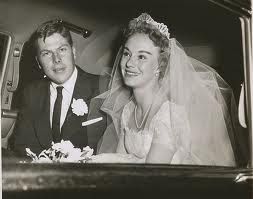
Celebrity Encounters & Eerie Auras
Carol Burnett wrote about her visit to Thelma’s lab in her memoir, entitled In Such Good Company: Eleven Years of Laughter, Mayhem, and Fun in the Sandbox. Thelma devised a special experiment just for Carol. Thelma photographed Carol’s fingertips using the Kirlian photography technique to get a baseline reading.
Carol was intrigued by the initial photograph that captured “shooting lights surrounding each finger.” Then Thelma asked Carol to pick a persona from the long list of characters she portrayed on The Carol Burnett Show, her long-running sketch comedy hit. Carol was to secretly take on the feelings each character one-by-one.
For each character, Thelma snapped a new Kirlian photograph and each aura was dramatically different. Eunice’s anger and frustration was demonstrated in an aura which was very “close to her fingers” with no shooting lights. At the other extreme was Chiquita (a parody of the vivacious and ubiquitous 70s flamenco guitarist and all-round entertainer Charo). Her “aura was shooting out all over the place.”
The aura of the deranged has-been silent film actress Nora Desmond was “uneven and kind of spikey.” Carol was amazed when Thelma was able to correctly identify all the characters by personality, simply by examining the differences in the light emanations or auras in the photos. Carol’s story so impressed actor Alan Arkin that he included it in his memoirs as well. Want to see the scenes inspired by their journey? Our ghost tours walks through haunted film locations in L.A.
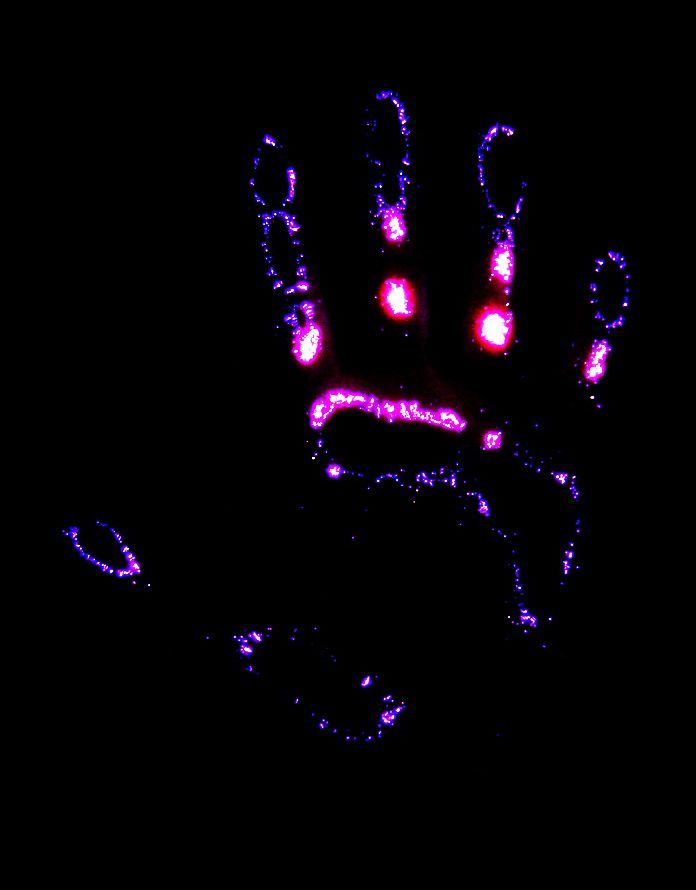
In Finding Peter: A True Story of the Hand of Providence and Evidence of Life After Death, William Peter Blatty, author of The Exorcist, tells of the time that he and director Billy Friedkin visited Thelma’s lab as part of their research for the film. Thelma had arranged for them to meet with a young police officer, a percipient who had demonstrated the power of psychometry, the ability to read objects psychically.
Without explanation, William presented the psychic a religious medal, which had belonged to his late mother. Although the psychic provided a detailed description of a white frame house with a white fence near a railroad and a black and white dog, William was disappointed by the reading since the images seemingly had no relevance. However, months later, he was shocked by the exact match when he asked his older sister to describe where the family lived in Lebanon before he was born.

The lab also attracted the interest of such 70s psychic luminaries as Uri Geller and Carlos Castaneda. This popularity inevitably led to Thelma Moss’s downfall in 1978, when due to all the resulting publicity, UCLA closed her lab was and terminated her position.
Thelma continued her work privately, but suffered a massive cerebral aneurysm in the late 1980s. She passed away in 1997, at the age of 79. Her influence is still felt in the classic paranormal movies she consulted on, The Exorcist, Poltergeist, and Ghost. Thelma's techniques for strengthening a subject's telepathic abilities with sensory deprivation, emotionally charged material, and drug-induction are still used by parapsychologists today.
Thelma Moss in Pop Culture and Paranormal Lore
Haunted Collectibles and Iconic Posters
From eerie memorabilia like the once upon a time in the west 1968 poster, grateful dead duke 1978, celebrity nighty, or even an old 1930s radio cabinet, her story is woven into the haunted Hollywood fabric.
Music, Movies, and Memes from the Beyond
You'll find echoes of her influence in everything from movies about clairvoyance to merch like a kodak black poster or lyrics such as “you’re the voice I hear inside my head”—because, let’s face it, i never dreamed that id meet somebody like you who also loves ghost stories and parapsychology.
Final Thoughts
If you’ve ever thought “I woke up in a car,” “I think that I would die hole,” or asked “got a weird case why is he around?”—you’re one of us. And ghost tours are for you.
Let’s walk where spirits linger, where paradigm psychiatry meets Hollywood mystique, and where tales like Thelma’s never fade. Consider our Los Angeles Hauntings bus tour.—never surrender skillet, and never stop searching.
Don’t just take our word for it— visit our
Google Business Profile Reviews and discover why our ghost tours leave guests thrilled (and maybe a little spooked)!
Find Your Next Paranormal Experience
Hollywood Boulevard Ghost Walk
Hollywood Boulevard Ghost Tour

